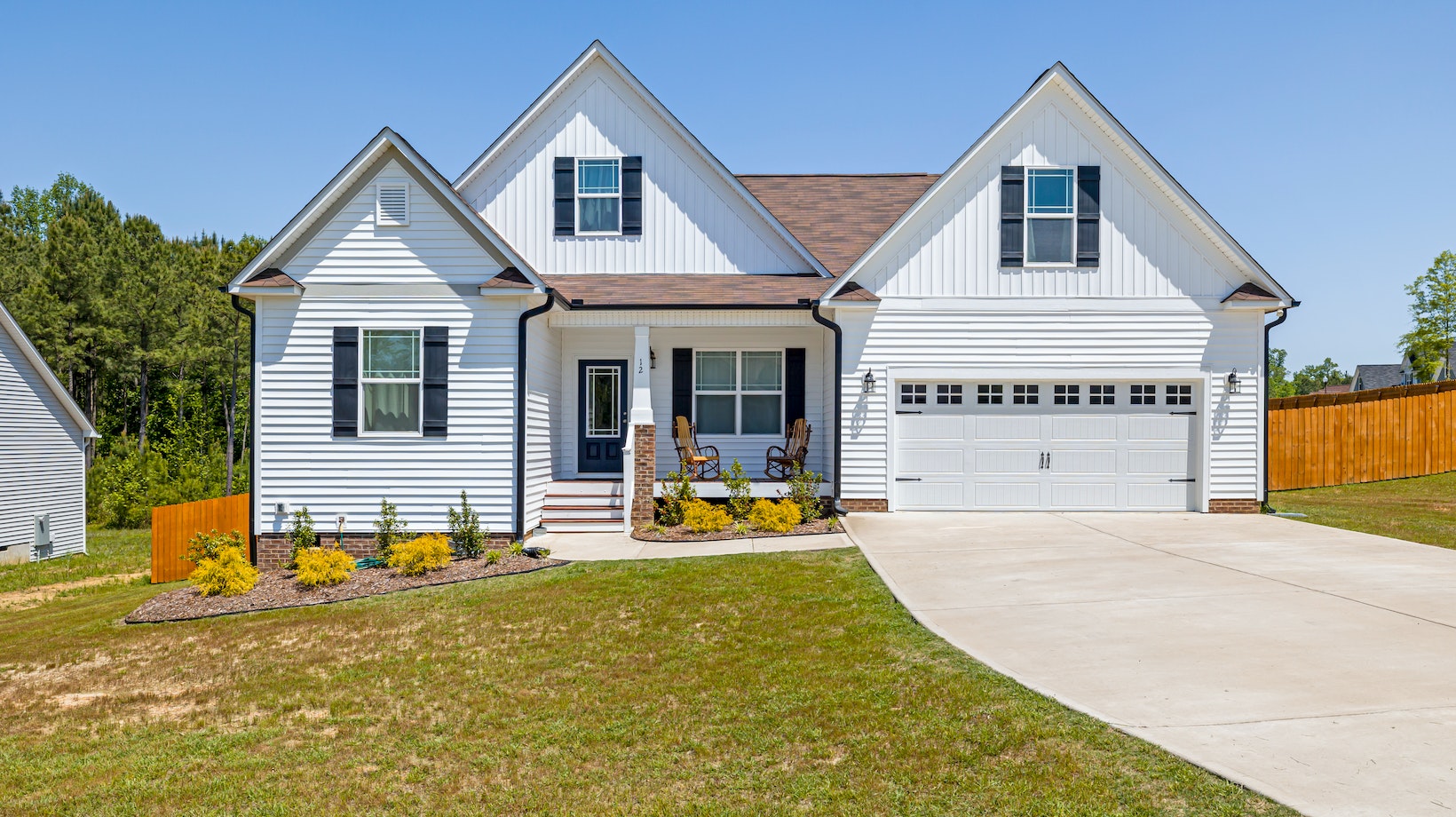Table of Contents
ToggleFire Door For Garage
- Building Codes: It’s vital to familiarize yourself with local building codes and regulations governing fire doors in garages. These codes are put in place to establish minimum safety standards that must be met during construction or renovation projects. They outline specific requirements for materials, installation methods, labeling, and more.
- Fire Resistance Rating: Fire doors are designed to withstand intense heat and flames for a specified period of time known as the fire resistance rating. This rating determines how long the door can effectively prevent the spread of fire between different areas of a building. For garages attached to residential structures, typical requirements may include a minimum 20-minute fire rating.
- Self-Closing Mechanism: To ensure that a fire door functions properly in an emergency situation, it should be equipped with a self-closing mechanism. This mechanism automatically closes the door after it has been opened, preventing the passage of smoke and flames into other areas of your home or building.
- Proper Installation: Installing a fire door requires precision and adherence to manufacturer guidelines as well as local codes. Improper installation can compromise its effectiveness during a fire incident. It’s crucial to hire qualified professionals who have experience working with fire-rated doors to ensure they are installed correctly.
- Regular Maintenance: Once installed, it’s important to perform regular maintenance on your garage’s fire door to keep it functioning optimally at all times. This includes inspecting hinges, latches, seals, and other components regularly and addressing any issues promptly.

Choosing The Right Type Of Fire Door For Your Garage
- Fire Resistance Rating: The first thing to look for when choosing a fire door for your garage is its fire resistance rating. This rating determines how long the door can withstand exposure to flames and intense heat before allowing fire to pass through. Common ratings include 20 minutes, 45 minutes, and 60 minutes. Assessing the potential risks in your garage and consulting local building codes will help you determine which rating is suitable for your needs.
- Material Selection: Fire doors are available in different materials such as wood, steel, or fiberglass. Each material has its own set of advantages and disadvantages. Wood offers a classic look but may require more maintenance, while steel provides durability but can be prone to rust if not properly maintained. Fiberglass combines strength with low maintenance requirements. Consider factors like aesthetics, durability, and maintenance when deciding on the material that best suits your preferences.
- Installation Requirements: Installing a fire door requires careful attention to detail and adherence to specific guidelines outlined by local building codes or regulations. It’s crucial that installation is carried out correctly by professionals who are knowledgeable about fire safety measures and have experience installing fire doors specifically designed for garages.
- Additional Safety Features: In addition to their primary function of preventing fires from spreading, some fire doors come equipped with additional safety features such as self-closing mechanisms or smoke seals that help restrict smoke from entering other areas of your home during an emergency situation.
Installation Process For Fire Doors In Garages
- Assessing the Space: Before installing a fire door, it’s crucial to assess the space and determine the appropriate size and type of door needed. Measure the opening carefully to ensure a proper fit.
- Choosing the Right Door: Selecting a fire-rated door that meets local building codes is essential. Look for doors that are specifically designed for garages and have been tested and certified by recognized authorities.
- Preparing the Opening: Start by clearing out any obstructions or debris from the garage opening. Remove existing doors if necessary, ensuring that there is a clean surface to work with.
- Frame Installation: Next, install or reinforce the frame around the opening according to manufacturer instructions and local building codes. This involves securing anchors into place and properly aligning them.
- Hanging the Door: With the frame in place, it’s time to hang the fire door itself. Carefully lift it into position using assistance if needed, making sure it fits snugly within the frame.
- Securing Hinges and Hardware: Attach hinges securely to both sides of the door frame using suitable screws provided with your chosen fire door kit or recommended by its manufacturer.
- Sealing Gaps: To maximize effectiveness, seal any gaps between the door edges and frame using appropriate fire-resistant materials such as intumescent strips or seals recommended by your supplier.
- Testing Functionality: Once installed, make sure to test your newly installed fire door thoroughly before considering it fully functional. Check that it opens smoothly and closes securely without any binding or sticking issues.
Remember that proper installation of a fire door for your garage is crucial to ensure its effectiveness during emergencies. For detailed instructions and specific guidelines, always consult the manufacturer’s documentation or seek professional assistance.

